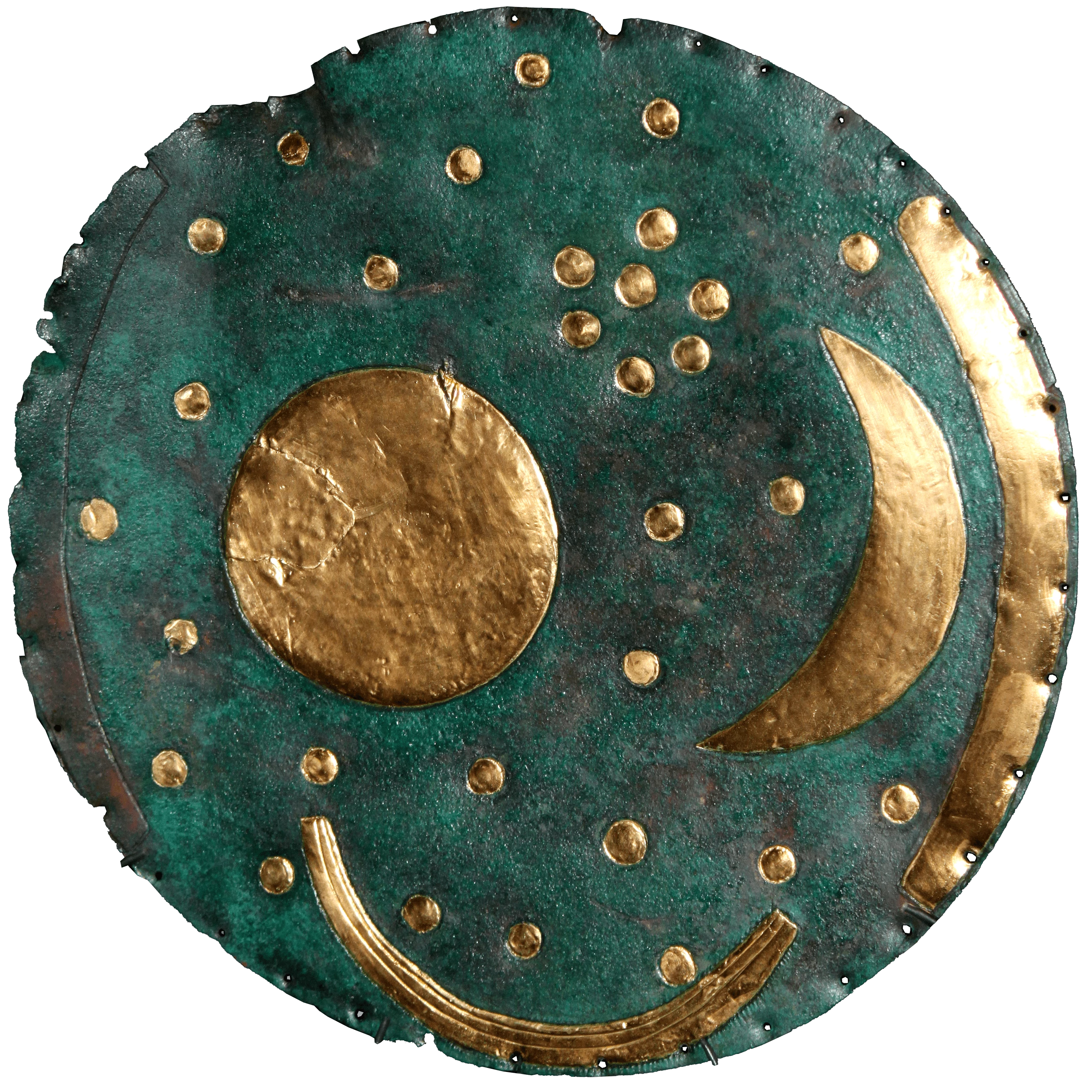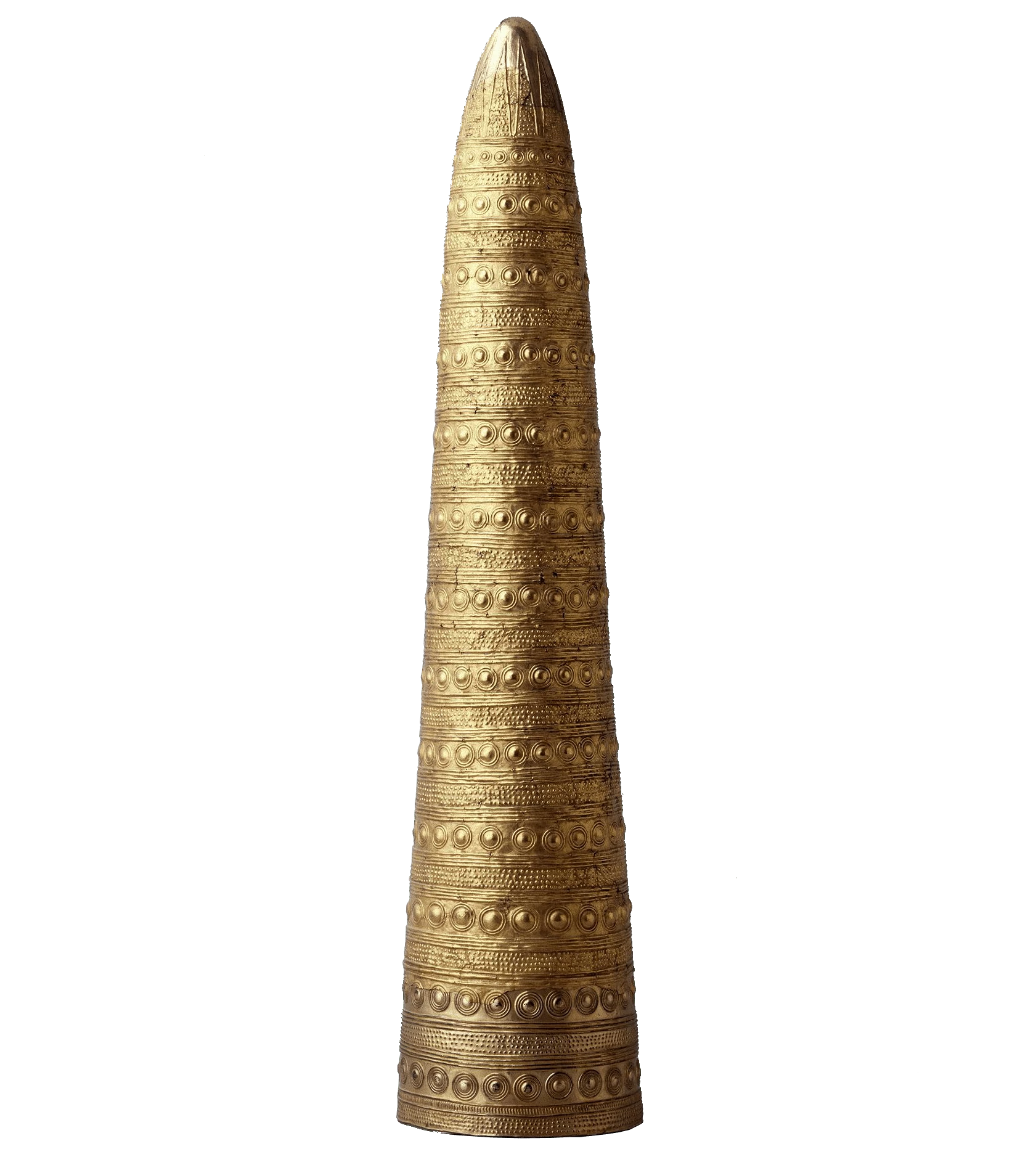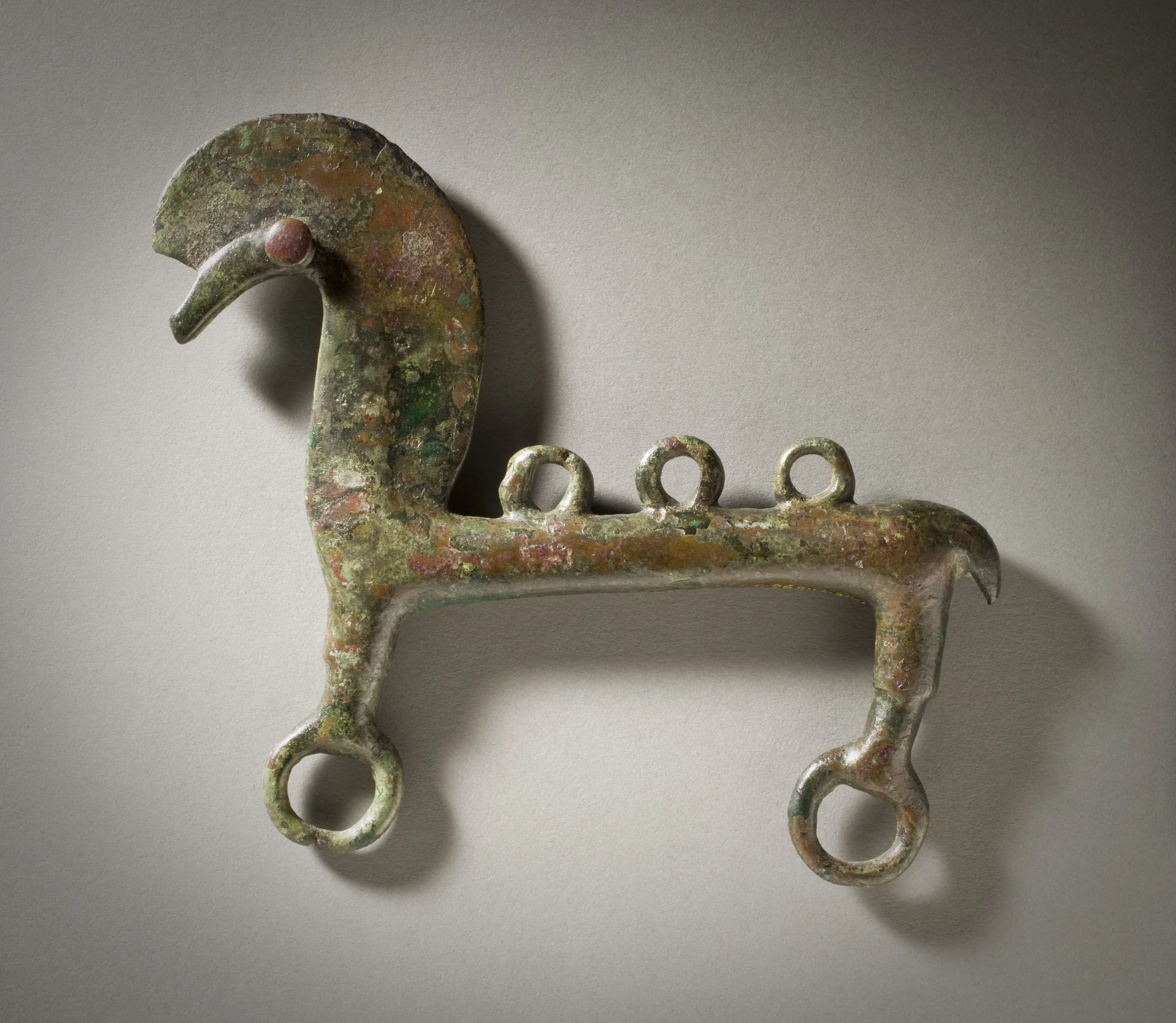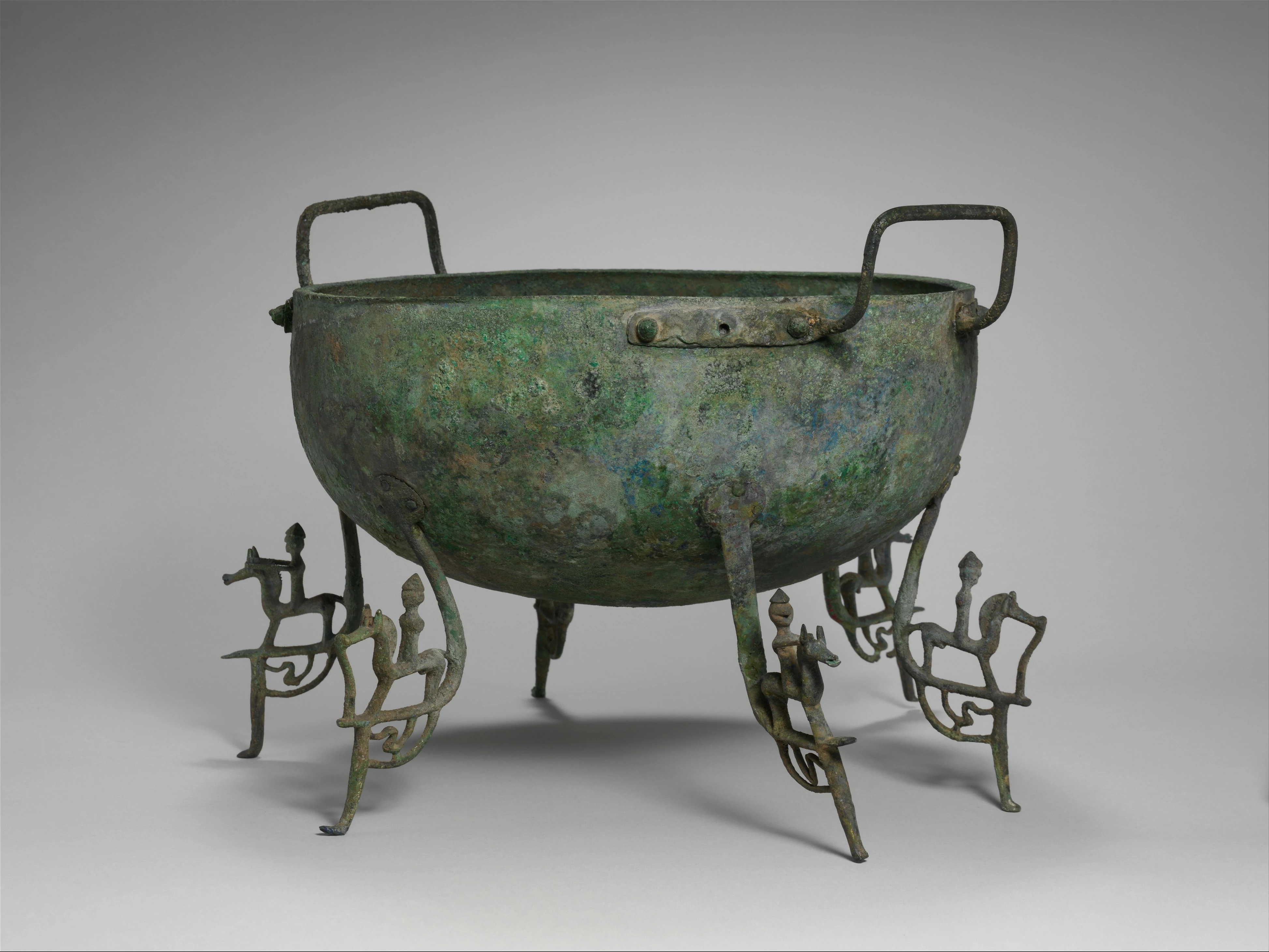The Bronze Age is a massive milestone in human history. Named after the development of bronze, a strong and useful fusion of tin and copper, the Bronze Age launched prehistoric cultures into an era of rapid technological development. Bronze crafting led to more durable tools that improved agriculture and sophisticated bladed weapons making warfare more savage. In many cultures the Bronze Age corresponded with the invention of the wheel and the ox-drawn plow, leading to increased trade and migration that spread these new inventions across continents.
Bronze was developed in the Mesopotamian Sumerian civilization around 3300 BCE, with near simultaneous invention by cultures in the Indus Valley, regions that today are part of Afghanistan, Pakistan and northwest India. From here, bronze spread to the Aegean world, Egypt, Turkey, and throughout Western Asia. The Majiayao culture in China developed bronze between 3100 and 2700 BCE, and the Dong Son culture of Vietnam began creating bronze drums in 2100 BCE. By 1300 BCE, bronze had spread through much of Europe and Great Britain. Bronze appeared in sub-Saharan Africa around 900 BCE and finally in the Americas between sometime after 100 CE.






